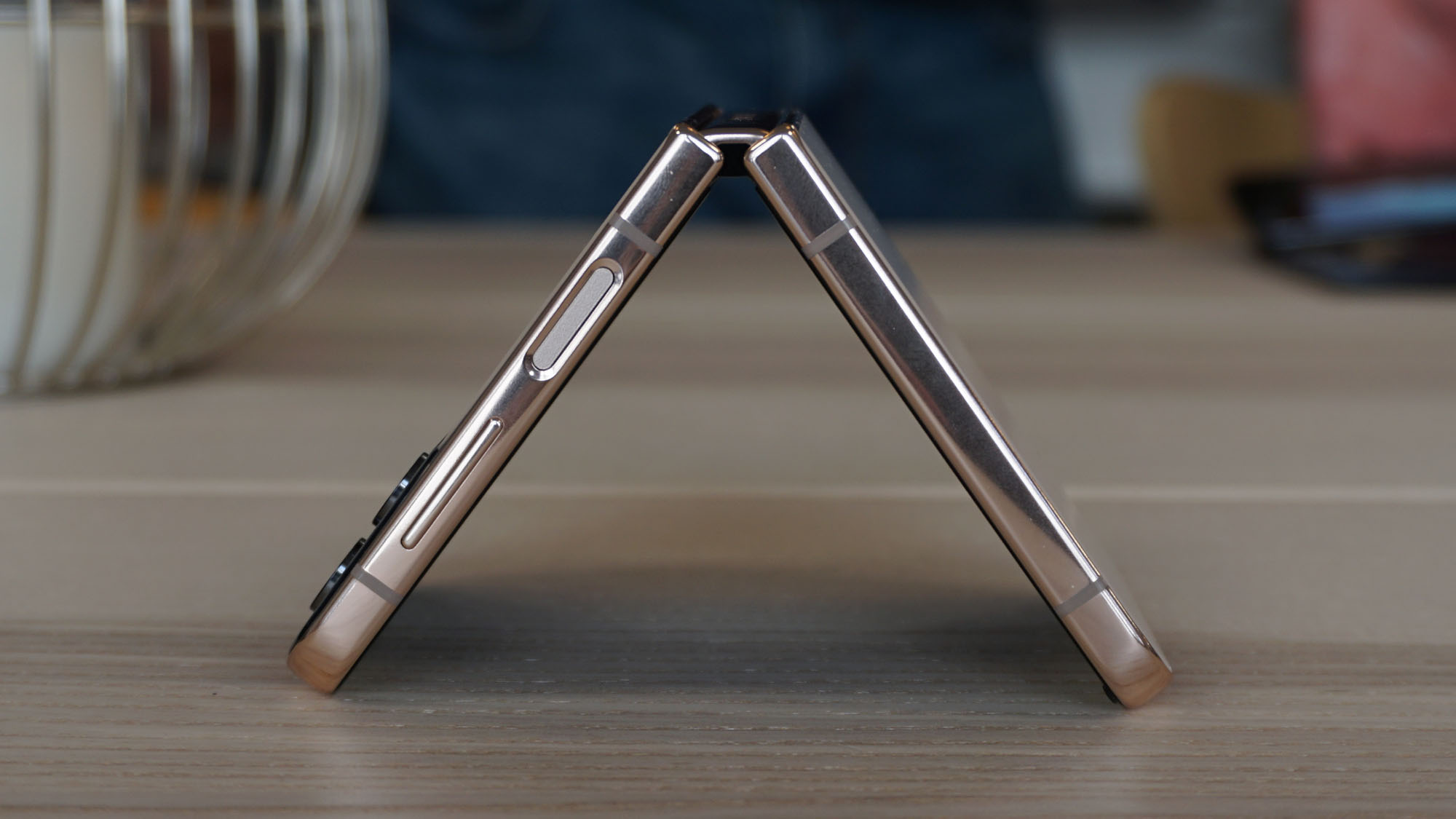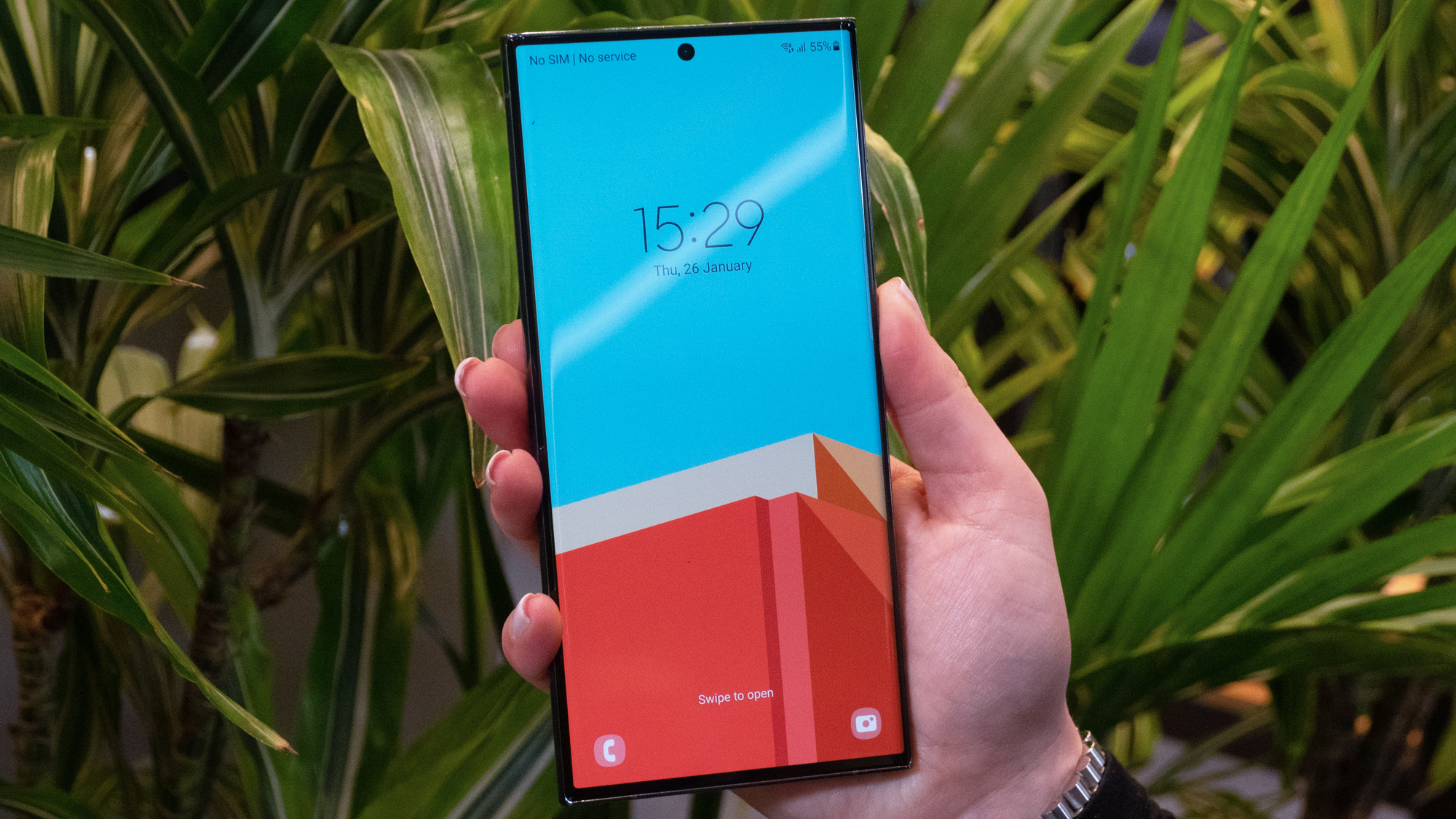iPhone 15 renders have us fighting over bezels and I just can't anymore
Opinion: Nobody should think bezels are so important

I just can’t anymore with the bezels. The iPhone 15 might have better bezels if supposed leaked rumored renders are true. The next iPhone 15 Pro will have the thinnest bezels you’ve ever seen, or maybe you’ve ‘never’ seen on a phone because these bezels are going to be straight-up invisible. They won’t be bezels at all. That’s it, iPhone users can claim victory and we can all go home now.
We need a new word for bezels that don’t exist. Nezels. The next iPhone will have ‘nezels’ - negative bezels.
Bezels are a blight on phones, and they need to go. A bezel is a sign of the past
Did you know that your current phone has bezels? Did you know that they are obnoxiously large and offensive? Your phone’s bezels are like a zit on the tip of your phone’s nose. We’ve all had a zit on the tip of our noses. The next iPhone won’t have that. It won’t have any zits at all, especially not in the nasal region, or the nezel region, as it were.
You’d think bezels would be welcome. They’re just a border, after all. It’s okay to have a border around things. We frame paintings, right? We put a fancy, matching border around them, right? We even hide some of the paint under the gilded frame. Why aren’t bezels like gilded frames?
No, we hate bezels. Bezels are a blight on phones, and they need to go. A bezel is a sign of the past. My Dad’s phone has bezels. My Grandfather’s phone was almost entirely bezel, with a tiny little screen in the middle. He and my aunts and uncles would sit in the living room, lit by incandescent bulbs, staring at the bezels and feeling thankful they had 3G for connecting to AOL. It was a simpler time.
Of course it's Samsung's fault
I blame Samsung, and it goes back much further than you think. In 2007, when the iPhone was just hatching and most people carried dumb phones, Samsung was obsessed with thin. It launched the Ultra Edition U100 phone, which was affectionately called the Ultra 5.9 for its 5.9mm thinness. It was the thinnest phone in the world.
To compare, today’s iPhone 14 is still 2mm thicker than the Samsung U100 from 16 years ago. The Samsung Galaxy Z Flip 4, when unfolded, is 6.9mm thick, and it is a design marvel. Samsung still had a thinner phone a decade and a half ago.
Sign up for breaking news, reviews, opinion, top tech deals, and more.

Before then, we had thin phones, but Samsung was bragging on another level. Using millimeter measurements in the name was quite the marketing move. It was the first time I’d seen specs included in the nomenclature of a phone like it’s a five-liter Mustang 5.0.
The truth is, the second-thinnest phone in 2007 was also probably very thin, and Samsung had its competition beat by only a millimeter or two. Bragging about that millimeter, putting it right on the product box, was the only way to impress buyers. Otherwise, who would notice? It was an incredibly thin phone, but there were other thin phones. When the difference is so slight, you tell everyone.
In my research, I’ve hardly found a thinner phone ever produced. Samsung made an early A-series phone, the Samsung Galaxy A8, in 2016 that was the same thickness, 5.9mm. Oppo made the Oppo R5 phone in 2015 which was 4.9mm thick, but that phone is no longer available and was not widely sold.
Phones can't get much thinner, so bezels shrink
Why aren’t phones getting thinner? Why didn’t Samsung improve upon its 5.9mm victory and make phones smaller? A lot of reasons, and good ones. Batteries need more space; battery tech isn’t shrinking as fast as every other tech inside your smartphone.
Antennas need shielding from magnets in the phone, and from each other. In 2007, a phone had three antennas, now there are myriad radio receivers.

Most importantly, phone technology is already tiny, and innovation comes in miniscule increments. In 2007, a phone company could shave a millimeter off a phone’s thickness. Today, reducing component size by a tenth of a millimeter might be just as difficult, and just as worthy of praise.
So, wait, tiny bezels are a good thing? My point is that baby steps are likely a magnification of larger steps happening on a smaller physical scale. We’re approaching the quantum realm, and from that vantage point, the bezel has shrunk mightily.
The bezels were small enough, but every step counts
It’s still just a bezel. My bezel was already small enough on my iPhone 14 Pro and Galaxy S23 Ultra. It’s small enough on the OnePlus 11 and the Pixel 7 Pro. If I were to prioritize improvements for these phones, shrinking the bezel wouldn’t make the top 10 list.
There are many ways to interpret these developments. Apple is not simply launching the same old phone again, like last year. It is actually making design improvements, no matter how small they may seem.

Those improvements will come with advances in materials like the glass and ceramic layers, the aluminum frame, and the manufacturing and assembly process. We don’t see those improvements, but you don’t evolve one aspect without improving the others.
Improvements to the bezel design aren’t worth getting excited over, not unless you’re an engineer. Users arguing over bezel size are like parents arguing over whose kid is prettier at a beauty pageant. One side may be right, but both sides have the wrong priorities.
As long as we’re waiting for the next major steps in mobile innovation – folding phones are too expensive, glasses are too impossible – phone makers will be happy to let us fight over bezel reductions, screen brightness, sensor megapixels, and features we don’t need.
Instead, we should greet rumors of new bezels and minor design changes with a collective shrug and, instead of arguing, band together and say, “That’s nice, how about a better battery? How about a phone that won’t break when I drop it?” To a smaller bezel, I say nah, no bezel (nezel?); that’s not important today.

Starting more than 20 years ago at eTown.com. Philip Berne has written for Engadget, The Verge, PC Mag, Digital Trends, Slashgear, TechRadar, AndroidCentral, and was Editor-in-Chief of the sadly-defunct infoSync. Phil holds an entirely useful M.A. in Cultural Theory from Carnegie Mellon University. He sang in numerous college a cappella groups.
Phil did a stint at Samsung Mobile, leading reviews for the PR team and writing crisis communications until he left in 2017. He worked at an Apple Store near Boston, MA, at the height of iPod popularity. Phil is certified in Google AI Essentials. His passion is the democratizing power of mobile technology. Before AI came along he was totally sure the next big thing would be something we wear on our faces.